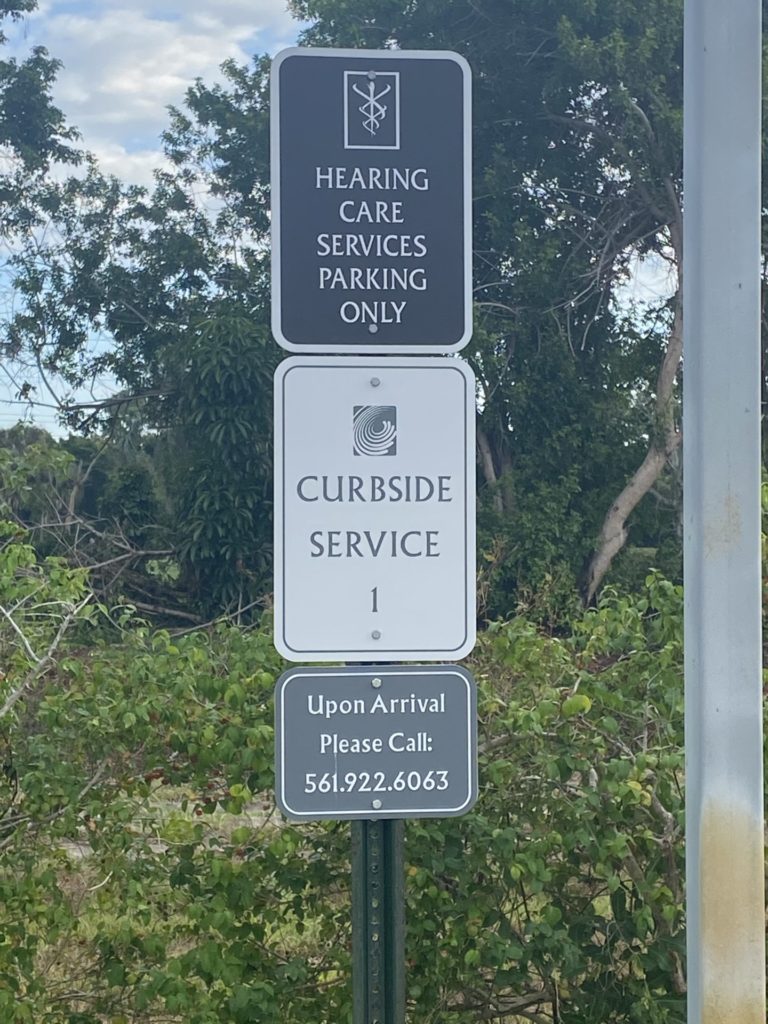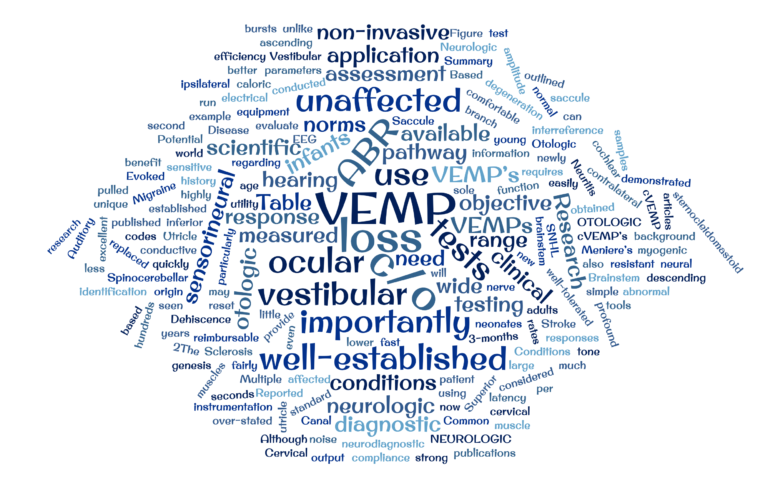A Better Way to Manage Third-Party & Managed Care: Choice & Transparency
By: Daniel J. Tibbs, Au.D.
Third-party administrators (TPAs) in the hearing aid industry are not new. One of the largest, TruHearing, has been around since 2003. Beck, Braun, & Abel published an article in the Hearing Review discussing managed care, their perspectives, and has a historical outline that some may appreciate that is beyond the scope of this piece.
The issue for many in the industry are that TPAs have gone from accounting for a relatively small portion of revenue for many businesses, to a much higher percentage of their revenue. Some of our clients have claimed it has become as high as 30% to 45% of their hearing aid business and all while fitting fees continue to decline. 1st Choice is simply a program designed to give clinics more avenues to get the right hearing solution on their patients. 1st Choice believes patients get to make the choice of whether they want to use or waive their insurance benefits and that care, services and outcomes are in the control of the patient/provider relationship.

When it comes to health insurance, transparency is key, particularly transparency of benefits to the provider and to the patient. Just as we pay for insurance and hope that we never have to use it because we are lucky enough to have a safe and healthy life, insurance carriers hope for the same, primarily because they are business. The less claims they have to pay, the more profitable their business. To be clear, there is nothing wrong with that. That is one reason why they have actuaries on staff. They are in the business to make a profit just like any other insurance business i.e., auto, life insurance, etc. For example, with life insurance, I pay a lot of money every year to protect my family’s future, but I sure hope they never have to file a claim. In the meantime, my carrier is happy to collect my premium. However, for that premium, I expect quality coverage and I expect transparency of what my life insurance benefit covers and when it might be null and void. I expect to know and understand these terms before it is needed. I should not have to jump through hoops to find out and understand those terms, and should not be difficult for my family to process the claim if the benefit had to be executed. 1st Choice simply believes that should apply to hearing aid insurance also.
From most of our experience, it seems that when it comes to health insurance, and specifically hearing aid benefits, understanding the benefit is almost always a hassle for both the provider and the patient. I have hearing loss myself and have worn hearing aids for almost 40 years. I decided to call the member number on my insurance card because I knew I had a hearing aid benefit from my insurance’s yearly benefits booklet. I just did not know what the actual terms were as they were vague, and essentially said: “Call this number for your benefits”.
I then spent 2 and a half hours, in a grocery store parking lot, on the phone with the representatives of my insurance company simply trying to understand what my hearing aid benefit was. I told them that I currently wear hearing aids and was looking to understand what my benefit was as I would like to get hearing aids later this year. I just needed to be able to plan a budget. I could not get this information despite talking to two different representatives.

It should not have to be that way for patients. It should also not have to be that way for clinicians, who are in the business to be clinicians and provide care. No one in the patient/provider relationship should have to struggle to get clear confirmation of benefits to relay to their patients.
To achieve their goals, insurance carriers have partnered with TPAs to manage these hearing aid benefits, and therefore their costs. Again, to be clear, there is nothing wrong with that. However, transparency, quality of the benefits and adequate reimbursement are key to this being a successful delivery model.
Providers deserve to be in control of the audiological treatment and recommendations of their patients. Patients should receive quality benefits, or at least options, to meet those recommendations. For example, if my insurance offers a fully funded entry level hearing aid with little or no out of pocket cost to me as a patient, that may look good on paper, but is it appropriate for me as a patient? I personally have a severe to profound bilateral loss and entry level technology may not be appropriate or recommended by my provider. So, does my plan allow for me to upgrade? Is my provider able to get adequately compensated? Do I need pre-approval? What is my out-of-pocket cost?
Maybe more importantly, why is it so difficult for my provider (or a patient) to get answers to these questions?

The TPA/hearing aid insurance benefits issue is indeed not going to go away anytime soon if at all, however, its impacts can be mitigated. Insurance plans and hearing aid benefits vary widely, and their prevalence often varies regionally. With three years of research and development, 1st Choice has worked on finding a solution that benefits not only patients but adequately reimburses providers for their services and keeps them and their patients in control of their care. Patients always have a choice when it comes to their hearing healthcare and 1st Choice helps give them a Better Choice.
1st Choice Believes There Is A Better Way.
- Providers and Patients should not have to settle when it comes to insurance – there is ALWAYS a choice.
- Providers should be in control of hearing aid recommendations, not TPAs or insurance carriers.
- Fitting Fees to the provider should be adequate for the services rendered.
- Providers should have a say in the services provided to a patient.
- Technology levels should not have to be sacrificed to match inferior hearing aid benefits.
- There should be transparency for providers and patients to their hearing aid benefits.
- An alternative solution to TPAs and poor hearing aid insurance coverage should be easy for the patient to understand, simple for the provider to order and offer a better outcome for BOTH.
- In the end, it is ALWAYS the Provider’s recommendation AND the Patient’s Choice.
Daniel J. Tibbs, Au.D. is the Chief Innovation & Audiology Officer at Amplified Resource Group, LLC., and can be reached at dtibbs@amplifiedresourcegroup.com








